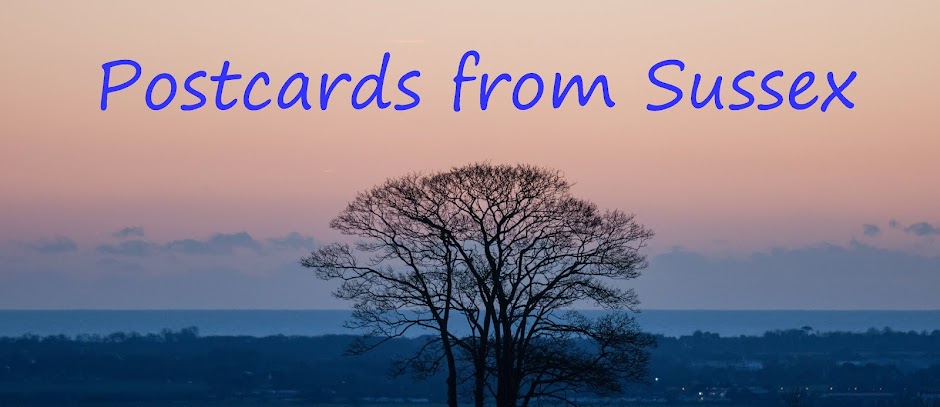 |
| female Orange-tip, Anthocharis cardamines |
On Sunday morning I attended a club dig, and was pleased to
find a Sestertius. This Roman bronze coin is 3cm in diameter and weighs 15.6g. The sestertius (semis-tertius) means "2½", the coin's original value in asses. It is a combination of semis "half" and tertius "third", that is, "the third half" (0½ being the first half and 1½ the second half)". An As or Assarius was an early Roman coin.
I also
found two tombac buttons and part of a pewter spoon. I saw two Large Red
Damselflies land on a hedge. A fly unwisely did a fly-by and paid the price.
In the blink of an eye one of the damsels had it and landed on a leaf to
consume its morsel. I saw male and female Brimstones, Whites and two Holly Blues,
my first of the season, and a Dance Fly.
I then called in at a Duke of Burgundy site and met Neil with
little Mia who acted shy but gave me a wave when they left. Apart from the Duke
I saw a Grizzled Skipper, female Orange-tip, Speckled Wood, Drab Looper, Speckled
Yellow and Treble Bar moths, plus a Soldier beetle.
photos taken with Nikon D90, Sigma 180mm lens unless otherwise stated.
 |
female Large Red Damselfly, Pyrrhosoma nymphula with fly
Lumix FZ45 |
 |
Dance Fly, Empis tesselata on Garlic mustard, Alliaria petiolata
Canon G9 |
 |
Dance Fly, Empis tesselata on Garlic mustard, Alliaria petiolata
Canon G9 |
 |
| Drab Looper Minoa murinata on Wood Spurge |
 |
Drab Looper Minoa murinata
Canon G9 |
 |
Duke of Burgundy, Hamearis lucina
Canon G9 |
 |
Duke of Burgundy, Hamearis lucina
Lumix FZ45 |
 |
Duke of Burgundy on Bugle
Lumix FZ45 |
 |
| Lumix FZ45 |
 |
Duke of Burgundy, Hamearis lucina
Lumix FZ45 |
The front two vestigial legs of this male show well here. The female has six fully functional legs.
 |
| Grizzled Skipper, Pyrgus malvae |
 |
| female Orange-tip, Anthocharis cardamines |
 |
| female Orange-tip, Anthocharis cardamines |
 |
| female Orange-tip, Anthocharis cardamines |
 |
| Soldier beetle, Cantharis lateralis |
 |
| Speckled Wood, Pararge aegeria |
 |
| Speckled Yellow, Pseudopanthera macularia |
 |
| Speckled Yellow, Pseudopanthera macularia |
 |
| Treble-bar, Aplocera plagiata |



























































